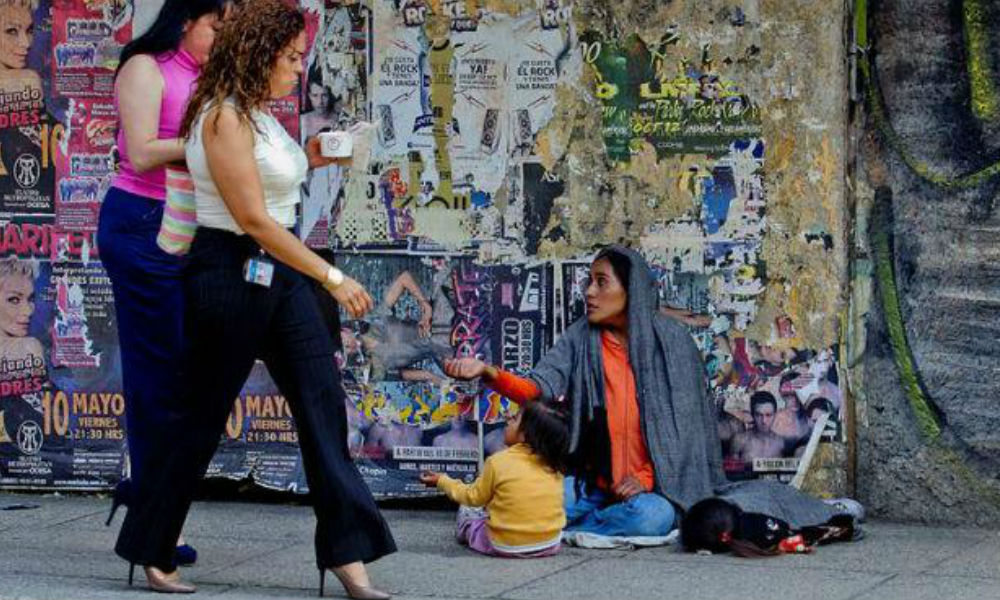RIO DE JANEIRO, BRAZIL – Like a cartoon stepmother, the pandemic dumped dirt on a floor that was being cleaned up, with great difficulty and delay, by Brazil over the past decades.
In addition to the fiscal troubles that this has caused, the coronavirus crisis has pushed Brazilians’ living standards back to mid-2008, when the world was suffering its last recession.
This scenario is based on the country’s per capita GDP, the division of all a country’s wealth by the number of its inhabitants. The indicator is used to gauge the living standards of a country’s citizens, albeit imprecise in cases like Brazil, where the inequality level is high.

Still, it illustrates the magnitude of economic deterioration. Brazil’s per capita GDP, which closed last year at US$14,500 (R$72,500), is expected to drop to US$13.6 this year, a decline of 6.2 percent, according to projections by the International Monetary Fund (IMF), a figure slightly higher than that reached in 2007 and slightly lower than that of 2009.
The negative variation could reach 6.6 percent if the projection’s calculation considers, in addition to the increase of 0.9 percent in the population, the expected 5.7 percent drop in GDP as reported in this Monday’s Focus Bulletin.
A drop in this level of the Brazilian living standard has occurred twice since IBGE’s official records began, points out Fábio Bentes, senior economist at the National Confederation of Trade in Goods, Services and Tourism (CNC): in 1981, the year that marked the start of what became known as the lost decade, during the Brazilian debt crisis; and, long before, in the mid-1940s, in the post-World War II and start of the Cold War, which split the world into two antagonistic blocs.
“The year 2020 will lead the population to perceive a sharper deterioration in the quality of life, that is, consumption and access to public services (education and health) will become more difficult. The middle class, in particular, will find it more difficult to pay for school, health insurance, etc.”, Bentes says.
It was bad; it got worse
Despite clear differences in indices such as inflation and external vulnerability, economists do not currently see parallels in the economic mix of the lost decades, both that of the 1980s and that which is currently underway.
However, during that period, the fall in GDP was not the main aggravating factor in the decline in citizens’ quality of life, but rather the annual increase in population of over two percent then compared to the current 0.9 percent, which means that wealth was divided by more people to account for per capita income.
Considering the projection of -6.4 percent of GDP per capita in 2020, the 2011-20 average is -0.8 percent per year, a worse result than the lost decade, which was -0.6 percent per year on average.
“It is worth noting that, in the pre-coronavirus scenario, the projections were already pointing to the worst decade in terms of per capita GDP in the past 120 years,” says Marcel Balassiano, a researcher in the area of Applied Economics at the Brazilian Institute of Economics (Ibre/FGV).
The recession the country experienced between 2014 and 2016, the slow and gradual subsequent rebound and, ultimately, the coronavirus, are the main reasons for this catastrophic scenario.
“The post-crisis structural reform agenda will be crucial to the economic rebound process, to reduce the accumulated losses of the two recessions and to narrow the gap between Brazil and the rest of the world,” Balassiano says.
The economist points out the rise in the percentage of countries with higher per capita GDP than Brazil has risen: it was around 36 percent during the 1981-90s; it rose to 38 percent in the 2000s. Now, in the decade of 2011-20, the average percentage of countries having greater per capita GDP than Brazil is 42 percent, showing the country’s relative impoverishment.
Source: Exame

